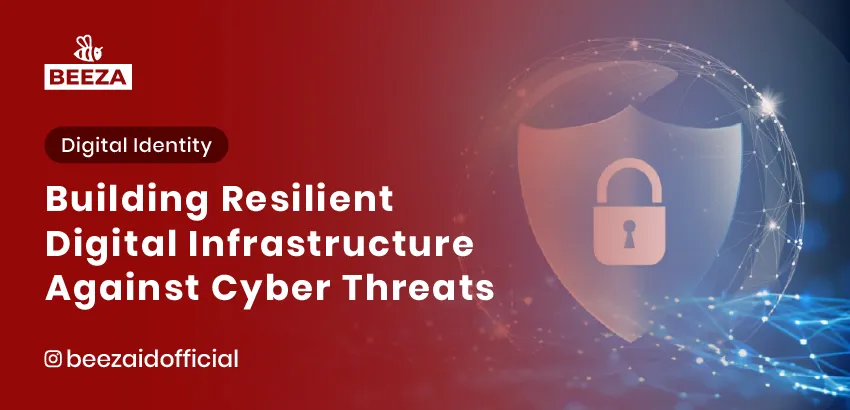
Introduction: Building Resilient Digital Infrastructure Against Cyber Threats
As digital transformation accelerates, IT infrastructure has become the backbone of modern businesses and public services. However, the growing reliance on technology also brings increased vulnerability to cyberattacks—from data breaches to ransomware, cyber threats are becoming more sophisticated and pervasive.
That’s why building resilient digital infrastructure is no longer optional—it’s essential. In this article, we explore how organizations can design secure, adaptive systems to protect against evolving cyber threats in today’s digital landscape.
Why Resilience in Digital Infrastructure Matters
- Ensures Business Continuity
Resilient infrastructure keeps services running even in the face of disruptions or attacks. - Safeguards Sensitive Data
Customer data, financial records, and confidential documents must be protected at every level. - Meets Regulatory Compliance
Data protection laws (like Indonesia’s PDP Law) require strong cybersecurity measures. - Builds Public Trust
A secure digital environment enhances user confidence and loyalty.
Key Elements of a Secure Digital Infrastructure
1. Encrypted and Segmented Networks
🔐 Network segmentation limits the spread of attacks.
🔐 Encryption protects data in transit and at rest.
💡 Tip: Use next-gen firewalls and VPNs for secure external access.
2. Certified Data Centers and Cloud Services
☁️ Opt for providers with international security certifications (ISO 27001, SOC 2).
☁️ Implement automated backups and a robust disaster recovery plan.
💡 Tip: Avoid hosting critical data on local servers unless properly secured.
3. Multi-Factor Authentication (MFA)
🔑 MFA significantly reduces the risk of unauthorized access.
💡 Tip: Incorporate biometrics for a seamless and secure user experience.
4. Real-Time Monitoring and Threat Detection
🛡️ Deploy SIEM (Security Information and Event Management) systems for live threat visibility.
🛡️ Integrate automated alerts and response actions.
💡 Tip: Invest in a team capable of proactive threat hunting.
5. Security Policies and Incident Response Plans
📋 Ensure all employees understand security protocols and emergency procedures.
📋 Conduct routine cybersecurity drills.
💡 Tip: Develop documented security policies tailored to your business model.
Challenges in Building Secure Infrastructure
- Limited Resources and Expertise
Not all organizations have dedicated IT teams or large cybersecurity budgets. - Third-Party Dependencies
Integration with external vendors can introduce security gaps. - Rapid Evolution of Threats
Threat actors evolve faster than many companies can patch or adapt.
Solution: Partnering with the Right Tech Provider
You don’t have to face cybersecurity threats alone. Collaborating with experienced technology partners like Beeza enables you to build resilient, scalable, and secure infrastructure. Beeza offers biometric solutions, eKYC, and custom digital security platforms designed to meet the needs of today’s digital businesses.
Conclusion
Building resilient digital infrastructure is foundational for cybersecurity and business growth.
✅ Secure your networks and data with cutting-edge tools
✅ Adopt layered authentication and live monitoring
✅ Develop emergency protocols and train your team
✅ Partner with trusted experts to enhance system integrity
Curious how Beeza can help secure your digital infrastructure? Contact us today to discuss how our solutions can empower your business in the face of modern cyber threats.
Explore other digital solutions that can accelerate your business transformation with Beeza.